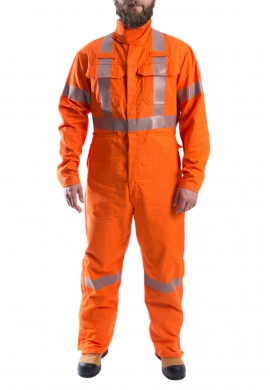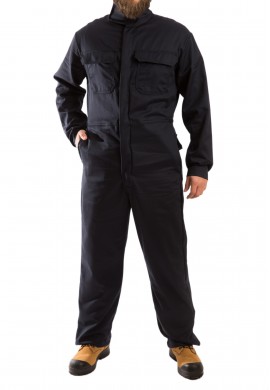Welding Apparel
Industrial welding is done in many ways : TIG, WIG, grinding, Arc and many more! Many agree: welding can be risky to one's heath and well being. Welder's physical integrity is at stake.
Quebec's Health and Safety regulators, CNESST, has published the very first welding protective apparel comprehensive guide that requires to wear appropriate protective clothing in conformity with International standard ISO 11611.
This European standard is the only one devoted specifically to industrial welding PPE (Personal Protective Equipment) for garments. The ISO 11611 specifies minimum basic safety requirements and test methods for protective clothing including hoods, aprons, sleeves, and gaiters that are designed to protect the wearer's body including head (hoods) and feet (gaiters) and that are to be worn during welding and allied processes with comparable risks. The standard not only leads the way in terms of fabric types but also in garment design.
CNESST inspectors visit Québec welding shops to ensure they are aware and follow the guidelines as appropriate. Furthermore, it is interesting to note that the Canadian CSA W117.2 also refers to this international standard in order to provide guidance to end-users on how to select the Class 1 or 2 protective fabrics as it relates to the different types of welding and cutting processes and relative hazards.
Looks like the traditional non-flame resistant 100% cotton garments belong to the past.
The LH Workwear advantages
Louis-Hebert Uniforme offers "ready-at-work" welding protective garments solutions that are in conformity with the ISO 11611:2015 Class 1 and ISO 11611:2015 Class 2 to meet the protective requirements for industrial welding activities.


